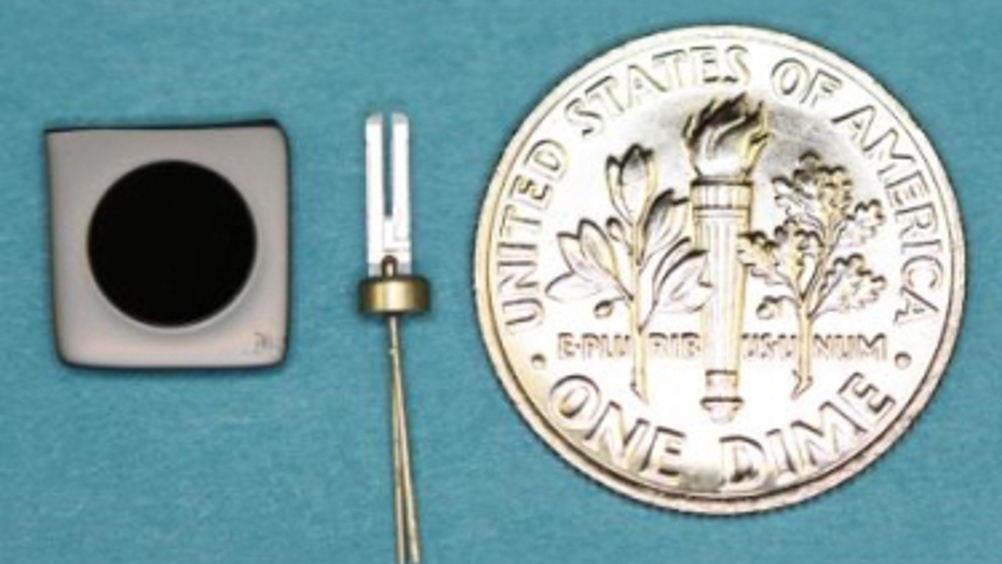Lasers to replace quartz in next gen electronics?
1 min read
Researchers in the US have found a way to stabilise microwave signals in the range of gigahertz – or billions of cycles per second – using a pair of laser beams as the reference instead of a crystal.

The new technique, dubbed electro-optical frequency division, builds on a process developed at the National Institute of Standards and Technology more than a decade ago.
"Our new method reverses the architecture used in standard crystal-stabilised microwave oscillators—the 'quartz' reference is replaced by optical signals much higher in frequency than the microwave signal to be stabilised," said lead researcher Kerry Vahala, the Ted and Ginger Jenkins Professor of Information Science and Technology and Applied Physics at Caltech.
Vahala likens the method to a gear chain on a bicycle that translates pedaling motion from a small, fast moving gear into the motion of a much larger wheel.
"Electrical frequency dividers used widely in electronics can work at frequencies no higher than 50 to 100GHz," he continued. "Our new architecture is a hybrid electro-optical 'gear chain' that stabilises a common microwave electrical oscillator with optical references at much higher frequencies in the range of terahertz or trillions of cycles per second."
The optical reference used by the researchers is a laser that, to the naked eye, looks like a tiny disk.
At only 6mm in diameter, it is expected to find use in ultra small, next generation photonics devices.
"There are always tradeoffs between the highest performance, the smallest size, and the best ease of integration," Vahala concluded. "But even in this first demonstration, these optical oscillators have many advantages; they are on par with, and in some cases even better than, what is available with widespread electronic technology."












